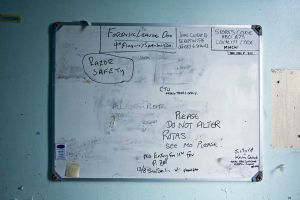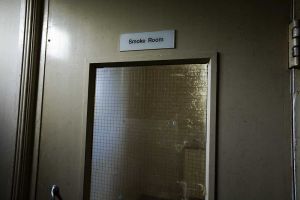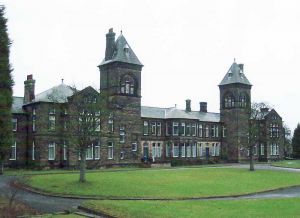Originally in 1888 – The Male – Acute Block.
The Stainton and Marrick ward is a separate pavilion linked via the corridors to the rest of the hospital.
There are male and female dormitories with the addition of small rooms (I am loathe to call them cells but that is how they appear) clearly designed for high security.
Behavior and the Brain
The brain has really only recently been linked to the behaviors of individuals. This was begun in the 1900’s when scientists started to look at how the mind affected people’s behaviors.
1913- John Watson presents his theory that human behavior is based upon conditioned responses to stimuli. His theory goes against the eugenics theory which is reaching its height at this time. This marks the beginning of the behaviorist school of psychology.
Eugenics- The theory that human behavior is an inherited trait.
1930’s- Scientists try to affect the workings of the brain in order to treat mental illnesses such as anxiety, depression, and schizophrenia.
Lobotomy- Developed by Moniz, was the surgical severing of connections in the frontal lobe of patients. Resulted in adverse side effects such as mood problems and changes in personality.
Electro-shock Therapy- Developed by Cerletti and Boni. Used electrical shocks to induce positive chemical changes in the brain. This like lobotomy had detrimental side effects.
The use of both of these techniques declined in the 1950’s after the development of the medication Thorazine.
1950’s and 60’s- Wilder Penfield identified specific areas of the brain that control motor impulses, sensory inputs, and memories.
1970’s and 80’s- New scanning devices like the CT scanner and MRI allow for detailed mapping of the brain’s functions.
1975- The roles of brain chemicals such as endorphins are discovered. Behavior is now thought of as a biochemical event.
1990’s- With new knowledge more effective drugs are developed for the treatment of mental illnesses.
Genes also are beginning to be studied in order to see if there are ties to behaviors. This could lead to evidence supporting eugenics or knowledge that could link eugenics and behaviourism together











.jpg)























